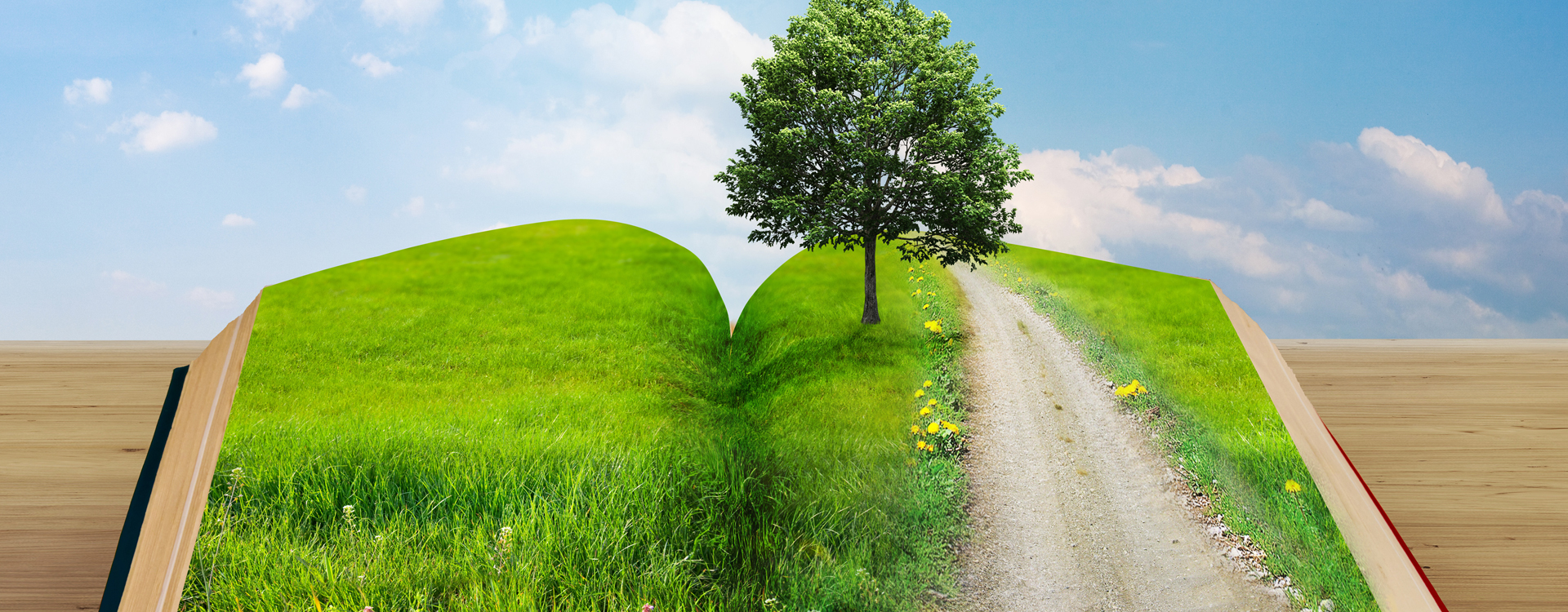Seminar Details
The study aims to analyze the available Ocean Model Intercomparison Project Phase 2 (OMIP2) models from the Coupled Model Intercomparison Project Phase 6 (CMIP6) group in representing the seasonal variations of temperature and salinity. The skill of the models is assessed with the World Ocean Atlas 18 (WOA18) from 1965 to 2017 and Argo observations from 2004 to 2018 over the Tropical Indian Ocean (TIO). Recent studies identified the influence of temperature and salinity bias in coupled models over the TIO. However, the origins of biases have not been studied well especially in the TIO using OMIP2 models in different seasons. The present study mainly focused on the Bay of Bengal (BoB 5° to 18°N and 82° to 94°E), Arabian Sea (AS 5° to 18°N and 55° to 74°E), and Southern Indian Ocean (SIO Equator to 25°S and 50° to 98°E). it is identified that most of the individual models and multi-model mean of OMIP2 exhibit a cold and warm temperature bias at the surface (0-100m) and subsurface (100 to 600m), respectively over the entire TIO (40° to 100°E and 30°S to 25°N). However, the salinity analysis reveals that most of the Indian Ocean (except the equatorial Indian Ocean) is dominated by saltier bias, which is predominant over the southeastern AS and the western BoB. Further, the vertical shear of horizontal currents and the Brunt-Väisälä frequency have been analyzed to understand the stability of the Ocean, which suggests that, the vertical shear of horizontal currents contributes to the strong vertical mixing resulting in weak stratification could be the reason for the persistence of surface cold bias and subsurface warm biases in the models. Further, Understanding the circulation variability and water mass changes will be examined through heat budget analysis using OMIP2 models over the TIO. Then after, we will focus on the role of circulation and water mass variability on the biogeochemical cycle in the TIO using available OMIP2 models. The overall study summarizes the improvement and necessity of ocean models for an accurate representation of vertical hydrodynamic conditions for skilful seasonal forecasts.


